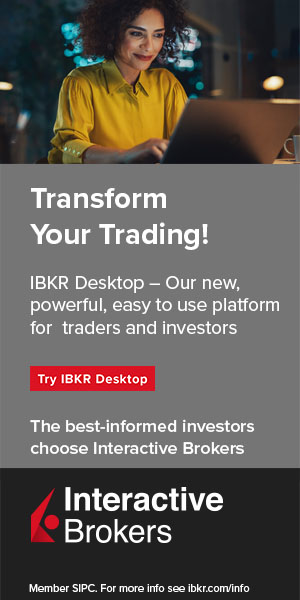In the cryptocurrency boom of 2017, Binance emerged as a major player. The era was dominated by Initial Coin Offerings (ICOs), a trend where entrepreneurs would introduce a new crypto venture, create new tokens to raise funds (akin to issuing shares in an IPO) and utilize the proceeds for company development.

Amidst Bitcoin’s soaring all-time highs and the daily launch of new tokens, a new breed of “crypto traders” emerged, facilitating liquidity between diverse digital assets—engaging in buying, selling, and occasionally holding for the long term.
Changpeng (“CZ”) Zhao, a developer with experience in trading software for the Tokyo Stock Exchange, seized the opportunity amid this crypto frenzy to establish Binance. The platform enabled users to engage in the buying, selling, and trading of major cryptocurrencies, with Binance earning a percentage from each transaction.
However, Binance faced criticism for its lax implementation of customer checks, as highlighted by the Department of Justice. CZ’s prioritization of rapid company growth over timely compliance with the law became a key point of contention.

Decoding the $4.3 Billion Binance Transaction
Pioneering Uncharted Territory: Binance’s Unique Strategy
Binance actively assisted “VIP customers,” referring to crypto whales engaged in substantial transactions and reaping significant profits, even in scenarios where their activities raised eyebrows. Notably, Binance appeared to possess awareness of the illicit flow of funds between the U.S. and sanctioned countries like Iran.
In CZ’s strategic defense, the company took a bold step by establishing a subsidiary, Binance.US, in 2019. This move involved blocking U.S. users from the Binance.com platform and redirecting them to Binance.US, designed to comply with the more rigorous U.S. regulatory landscape.
In a bid for operational flexibility, CZ deliberately positioned Binance in a kind of no man’s land, eliminating any physical headquarters and adopting a nomadic approach. Encouraging employees to use encrypted messaging services further ensured the absence of a paper trail.
Despite initial resistance, when faced with escalating pressure from the U.S. government in 2021, CZ eventually reconsidered his stance due to the looming threat of a massive lawsuit. The recent fallout from a run on FTX, witnessing its detrimental impact on the company and leading to Sam Bankman-Fried’s imprisonment (with CZ allegedly playing a role in FTX’s downturn), significantly influenced this change in perspective.

Decoding the $4.3 Billion Binance Transaction
Deciphering the Agreement
Simply put, U.S. customers will no longer have access to trade on Binance.com, and the government will appoint compliance monitors to rigorously audit Binance, ensuring genuine adherence to regulations this time around.
U.S. customers, however, retain the option to utilize Binance.US (if you’re reading this from the U.S., feel free to explore both Binance.com and Binance.US). Binance.US will undergo closer scrutiny for compliance, ultimately benefiting the customers.
In a significant transition, CZ will step down as CEO, paving the way for Richard Teng, a former CEO of Abu Dhabi’s financial services regulator, to take the reins. While CZ maintains an ownership stake in Binance, he relinquishes his voting rights.
The hefty $4.3 billion fine ($4,316,126,163, to be precise) comes into play. Binance asserts that it has reserved up to $8 billion for a potential settlement, evidently preparing for unforeseen challenges.
Contrary to media assertions of Binance making a “complete exit” from the United States, this is not entirely accurate. U.S. customers, crucial for Binance’s long-term growth, can no longer use Binance.com but are still welcome on Binance US. This aligns with the status quo since 2019, now fortified with enhanced compliance. However, proclaiming “Things remain the same at Binance” may not capture the nuances of a catchy headline.
Conclusion
When a company’s ethos revolves around pushing the boundaries of legality, shaking off that ingrained approach becomes a formidable challenge, and rightfully so. This raises significant concerns about the organization’s foundation.
Binance undeniably offers commendable products and services, standing as one of the most user-friendly and reliable crypto exchanges globally. Its commitment to securing funds, constant innovation, spanning from high-yield staking to its blockchain initiatives, and even its charitable endeavors showcase its positive attributes.
The success of the company prompts contemplation: would Binance have achieved its current standing if it waited for U.S. regulators to catch up? The SEC’s struggle to define the security status of tokens exemplifies the challenges. A glimpse at U.S. banks, tethered to a cautious “wait and see” approach, reveals a lack of crypto innovation.
Investing in the BNB token essentially means investing in Binance itself. With Binance now obtaining “government approval,” the outlook is optimistic. In my perspective, the company not only stands to survive but also flourish. Armed with outstanding products, a vast competitive advantage, and official regulatory recognition, Binance is poised for continued success.


 Hot Features
Hot Features













